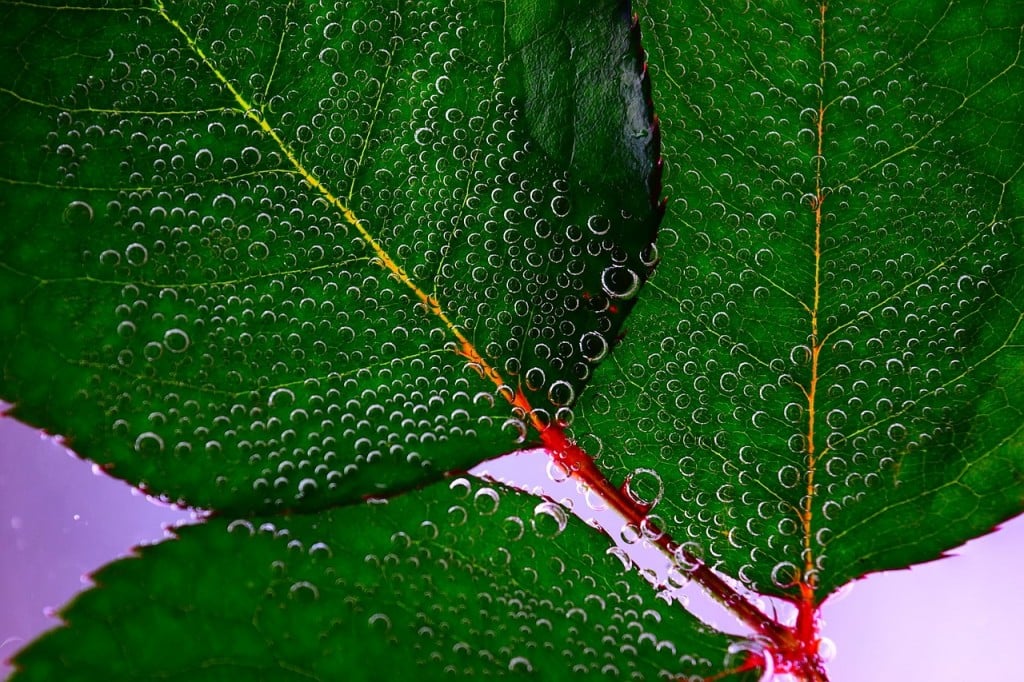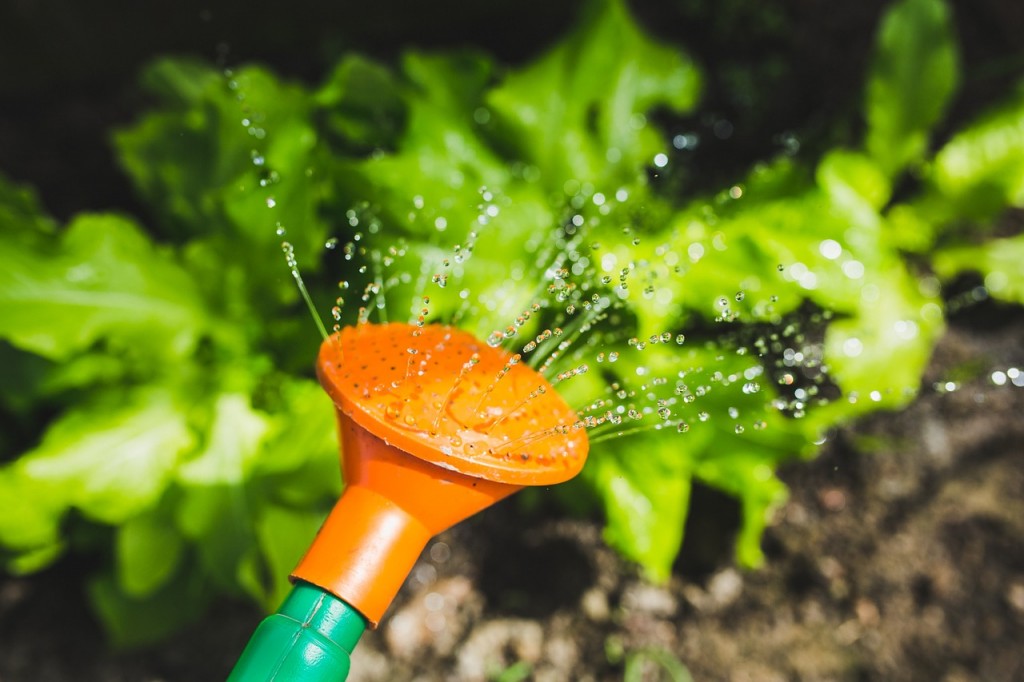
Scientists are still unsure about whether or not global warming will become evident in our climate in the coming years, as well as exactly what impact it will have if it does.
However, it’s fair to say that we’ve been forced to put up with some pretty variable weather lately, from torrential rain and associated flooding to long dry periods that lead to droughts.
Horticultural writer Noel Kingsbury from UK national newspaper the Daily Telegraph recommended taking a look at what is happening now in order to decide how to go about managing a habitat – and to conserve resources such as water all the time, using them sensibly whether there is too much or too little.
Of course, most gardeners are familiar with the concept of setting up a water butt and accessing it during dry spells, but there are other methods of conservation, some of which have been laid out by Colorado State University in an article for greenhouse owners.
It recommended grouping together plants with similar watering requirements to improve efficiency – for example, don’t sit a drought-tolerant young salvia next to a water-guzzling hibiscus, as the former will end up getting more than it needs and this is a waste.
As a general rule, also apply only ten to 15 per cent more water that each container will hold, as most gardeners over-water without realizing.
Finally for the basics, don’t forget to ensure that each greenhouse-based container has good drainage but also plenty of capacity to hold water. Special porous compost may assist with this.
Horticulturalists who want to go a step further may wish to think about implementing irrigation technology that can help with their watering and reduce runoff.
For example, overhead sprinklers, drip or trickle irrigation systems and subirrigation are potentially helpful measures that can be invested in. The latter could be especially good, as it can also cut fertilizer use by up to half and reduce disease by keeping foliage dry.
Lastly, really green-fingered individuals with the available finances could try capture and recycling systems, which keeps pumping runoff around the greenhouse so there is almost no waste.
Of course, it is also a good idea to be crafty about choosing plants depending on the area’s climate.
Mr Kingsbury pointed out that swapping thirsty bedding plants for those that thrive on the arid steppes of central Asia could be a great way for people in drought-prone areas to ensure their gardens are always blooming.
Alternatively, irises and lily of the valley would be better for boggy locations.











